Advertisement
Artificial intelligence is developing rapidly. As AI evolves, the demand for faster, smarter hardware continues to grow. Reaching efficiency, accuracy, and scalability from AI requires selecting the correct hardware platform. Each GPU, TPU, and NPU targets different workloads and offers unique benefits. Developers, scientists, and engineers must understand these options to optimize their models. Variations in design, power consumption, and performance influence which chip best serves a given task.
From healthcare to autonomous cars, AI-driven businesses rely on strong processors. It is crucial to compare GPU, TPU, and NPU technologies. This guide analyzes every processor's operation and areas of brilliance. Find out how best to select artificial intelligence gear for your particular requirements. Each platform offers special machine learning and deep learning project strengths.
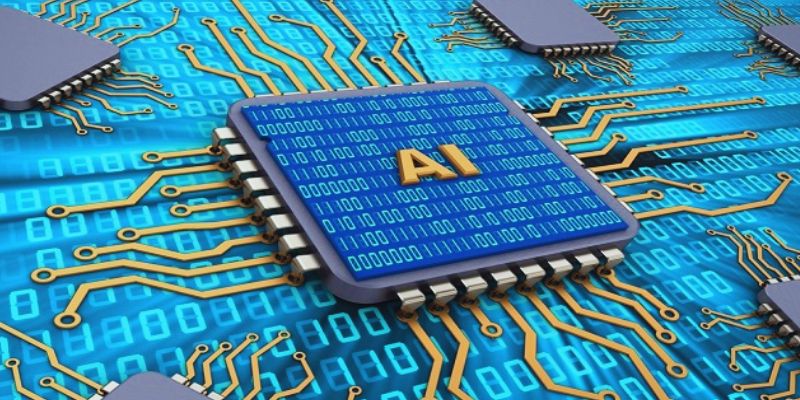
Originally designed to produce visuals and video, GPU architecture has become ideal for parallel computing. GPUs are thus quite helpful in applications of artificial intelligence and machine learning. They are quite good at managing several processes concurrently. Neural networks require mass data calculations, which GPUs effectively and quickly handle. With its CUDA environment, NVIDIA rules the GPU scene. CUDA allows developers to build applications that fully utilize GPU capabilities.
GPUs are plentiful and adaptable. They back several machine learning libraries, including TensorFlow and PyTorch. Many sectors now consider training deep learning models on GPUs as normal practice. Though fast, GPUs consume a lot of energy and are more costly in other situations. GPUs provide the best harmony of performance and compatibility for model training. For deployment on edge devices, though, they might not be the ideal option. AI workloads that require flexibility usually start with GPUs before moving to CPUs or other accelerators.
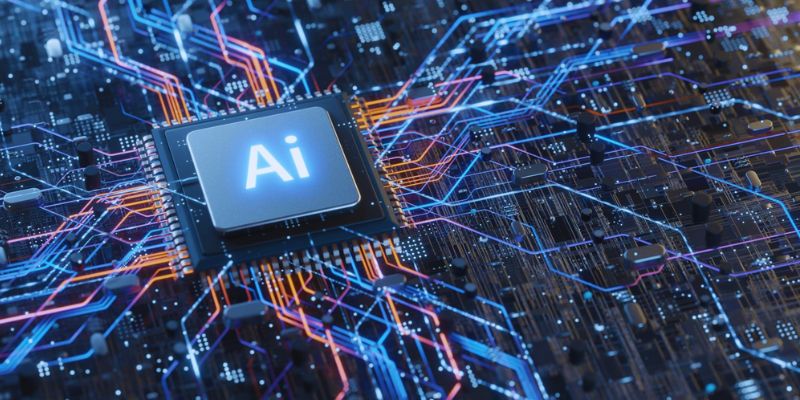
Google created custom chips called TPUs, tensor processing units. Their design is meant to expedite machine learning chores. TPUs are made to do matrix multiplies quite rapidly. Deep learning uses these often-occurring procedures. TPUs are optimized for fewer functions than GPUs. In some situations, then, they can outperform GPUs. Google provides TPUs on its cloud-based system. That enables developers to train large models without investing in expensive infrastructure. TPUs fit Google's TensorFlow system perfectly.
Using less electricity, they provide better throughput. Many businesses choose TPUs for big projects. Among these are recommendation systems, language translating, and image recognition. TPUs lack the variety of tools seen on GPUs. Nevertheless, they show outstanding speed and efficiency in the correct settings. TPU running of models can substantially cut training times. Cloud-based systems are ideal for inference and training. TPU performance is defined by speed, efficiency, and scalability.
Specialized processors intended for real-time artificial intelligence operations are known as neural processing units (NPUs). Usually seen in IoT devices and cellphones, they concentrate on power efficiency. NPUs back projects, including smart cameras, facial recognition, and voice assistants. These chips enable devices to run AI without relying on the cloud. Low-latency processing is the optimization for NPUs, making them an ideal choice for edge computing. Built-in NPUs are now standard on many mobile CPUs.
These cover Apple, Huawei, and Qualcomm chips. NPUs run with less heat and consume less energy overall. They are fundamental in the emergence of artificial intelligence in common devices. Developers use NPUs to implement fast-running offline models. Although NPUs aren't as powerful as GPUs or TPUs, they offer unique advantages. Real-time inference free of network reliance responds right away for users. Consumer interactions with artificial intelligence are evolving under NPUs. They give artificial intelligence real-time efficiency, responsiveness, and personalizing ability.
Task requirements determine the function each artificial intelligence chip performs. Training many models is best accomplished on GPUs. For targeted tasks, TPUs provide exceptional speed. Real-time processing at the edge comes via NPUs. Often more flexible are GPU systems. They apply several tools and frameworks. When applying TensorFlow, TPUs accelerate in training. Wearables and cellphones, among other gadgets, provide artificial intelligence thanks to NPUs.
Furthermore, the amount of data, model complexity, and deployment site influence performance. Though they process more data, GPUs use more electricity. TPUs perform effectively under demanding big matrix loads. NPUs quickly and with minimum effort accomplish smaller chores. Before choosing a processor, AI engineers should evaluate their specific requirements. TPUs support cloud computing, while GPUs are commonly used on local servers. NPUs are what power smart devices. Another element is cost. Power and efficiency savings abound from TPUs and NPUs. Selecting appropriate AI hardware guarantees your application faster speed, accuracy, and scalability.
Your project goals and environment will determine the best AI hardware to choose from. GPUs give dependable power and flexibility for model training. In TensorFlow-based big models with strong matrix operations, TPUs excel. For on-device artificial intelligence with real-time needs, NPUs excel. TPU efficiency could be required of cloud-based models. GPU variety helps local servers. NPU energy savings are what power mobile and IoT devices. Development tools influence your choice as well. CUDA advocates GPUs. TensorFlow Lite is NPU-based. TPU use is more constrained outside Google's network.
Think through model size, power restrictions, and update frequency. Real-time requirements mostly point toward NPUs. Tasks involving heavy training require GPUs or TPUs. Many teams mix these chips. They apply with NPUs and train using GPUs or TPUs. Your hardware will determine performance, cost, and scalability. Matching your artificial intelligence objectives with the appropriate CPU reduces delays and increases output. Smart AI solutions follow good hardware choices.
AI systems call for more intelligent and effective hardware. For different applications, GPUs, TPUs, and NPUs have unique advantages. Training complicated models, making quick inferences, or running on edge devices all call for the appropriate accelerator. GPUs are adaptable and quite potent. In performance-oriented cloud projects, TPUs excel. By means of effective edge processing, NPUs immediately provide artificial intelligence to consumers. Each hardware type plays a vital role in the advancement of AI. Selecting appropriate artificial intelligence accelerators increases efficiency and performance simultaneously. Today's hardware choices shape your AI project's long-term success.
Advertisement

Chile uses forest fire detection technology and AI-powered fire warning systems to detect fires early and protect forests
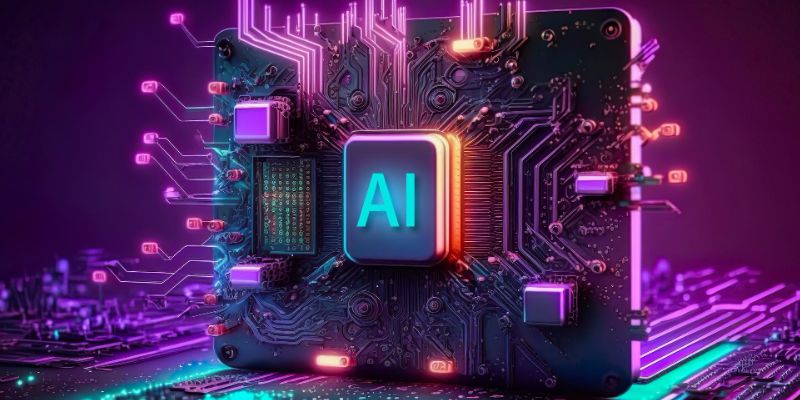
Compare GPUs, TPUs, and NPUs to find the best processors for ML, AI hardware for deep learning, and real-time AI inference chips
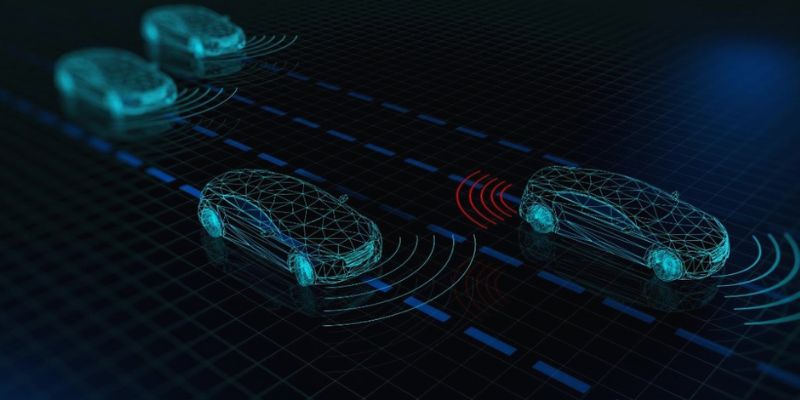
Explore edge computing in autonomous vehicles and real-time data in coffee shops powering smart edge technology applications
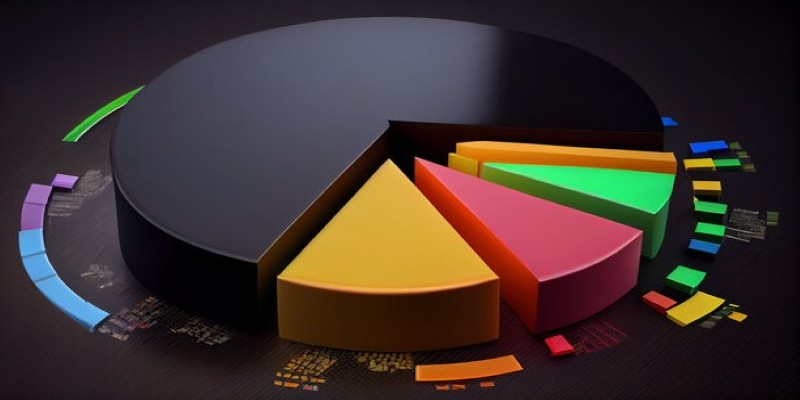
Discover how to turn simple data into eye-catching 3D pie charts. This guide shows you easy steps, smart design tips, and when to use 3D for maximum impact
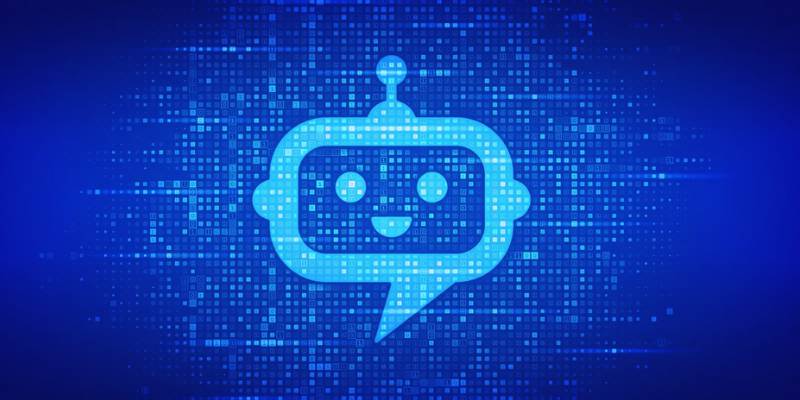
Discover how AI, NLP, and voice tech are transforming chatbots into smarter, personalized, and trusted everyday partners
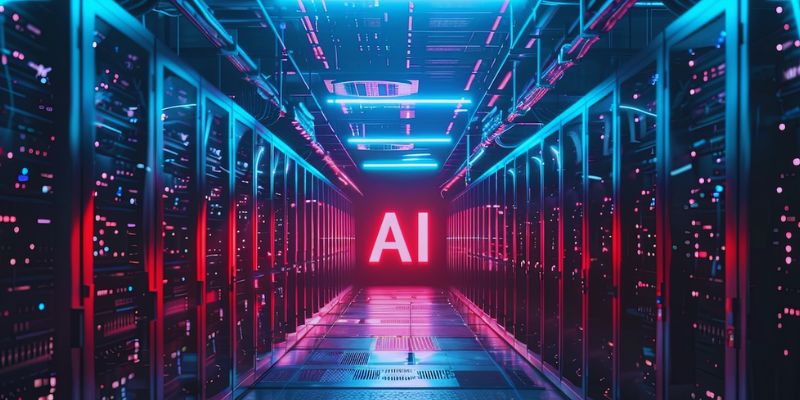
Learn how rising AI use affects data centers, energy, water, and the environment—and what solutions can reduce its impact today
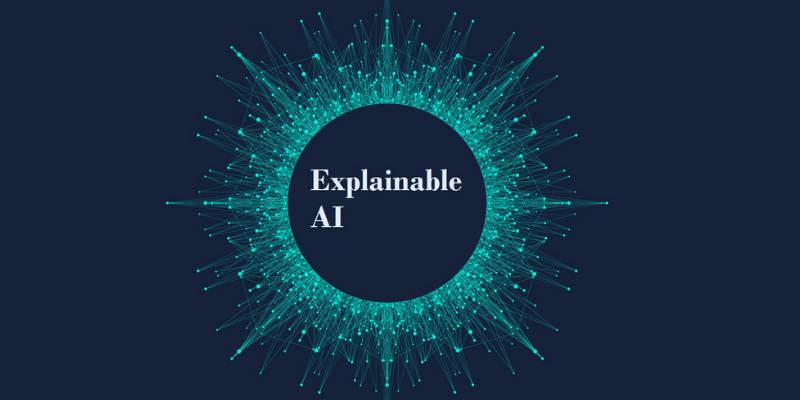
Know explainable AI techniques like LIME, SHAP, PDPs, and attention mechanisms to enhance transparency in machine learning models
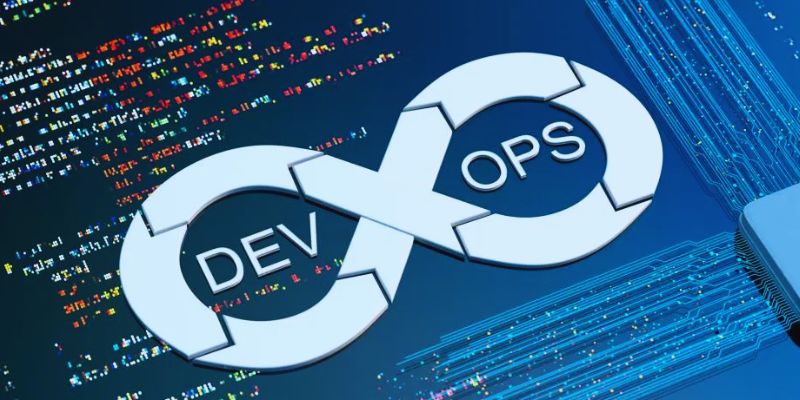
Restructure DevOps for ML models and DevOps machine learning integration practices to optimize MLOps workflows end-to-end
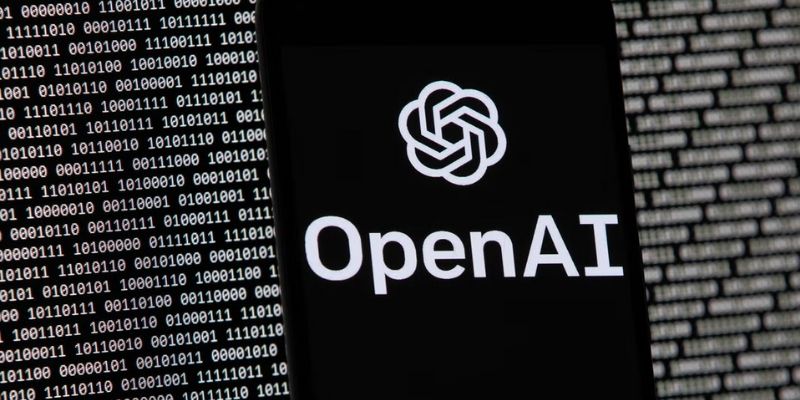
Discover ChatGPT AI search engine and OpenAI search engine features for smarter, faster, and clearer online search results
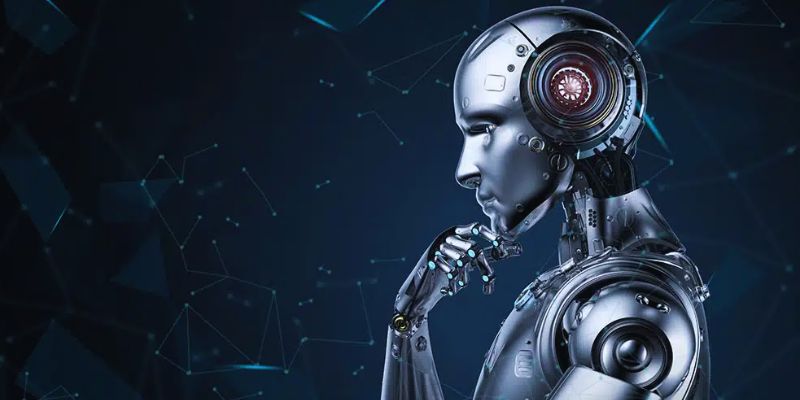
Discover how AI transforms financial services by enhancing fraud detection, automating tasks, and improving decision-making
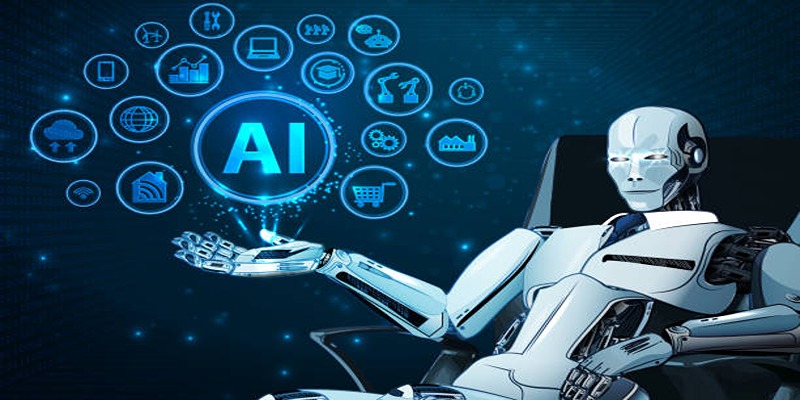
Explore how deep learning transforms industries with innovation and problem-solving power.
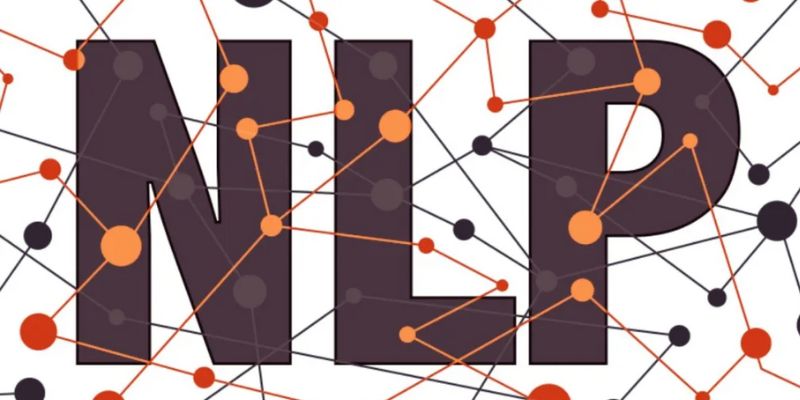
Discover how GLUE and SQuAD benchmarks guide developers in evaluating and improving NLP models for real-world applications